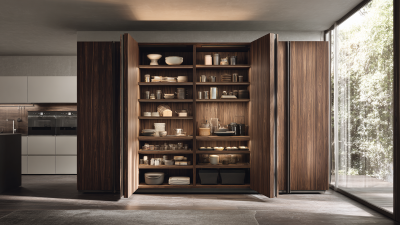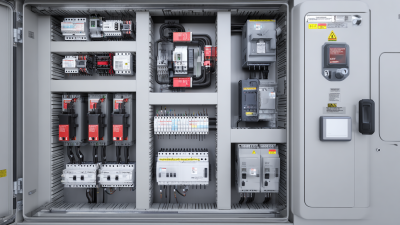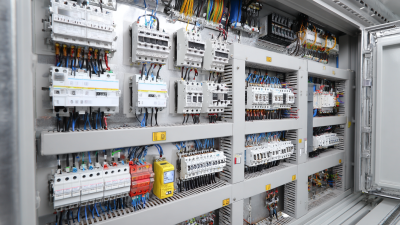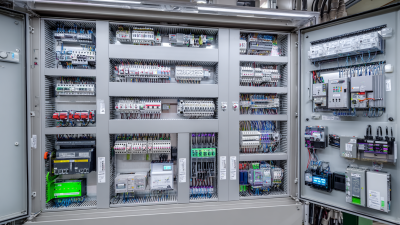As smart home technology continues to evolve, one of the emerging elements central to this transformation is the concept of Electronic Cabinets. These innovative storage solutions are not just about organizing space; they are becoming integral to the functionality and sophistication of modern homes. According to a report by Grand View Research, the global smart home market is expected to reach USD 174.24 billion by 2025, with a significant portion driven by advancements in smart furniture and storage options like Electronic Cabinets.
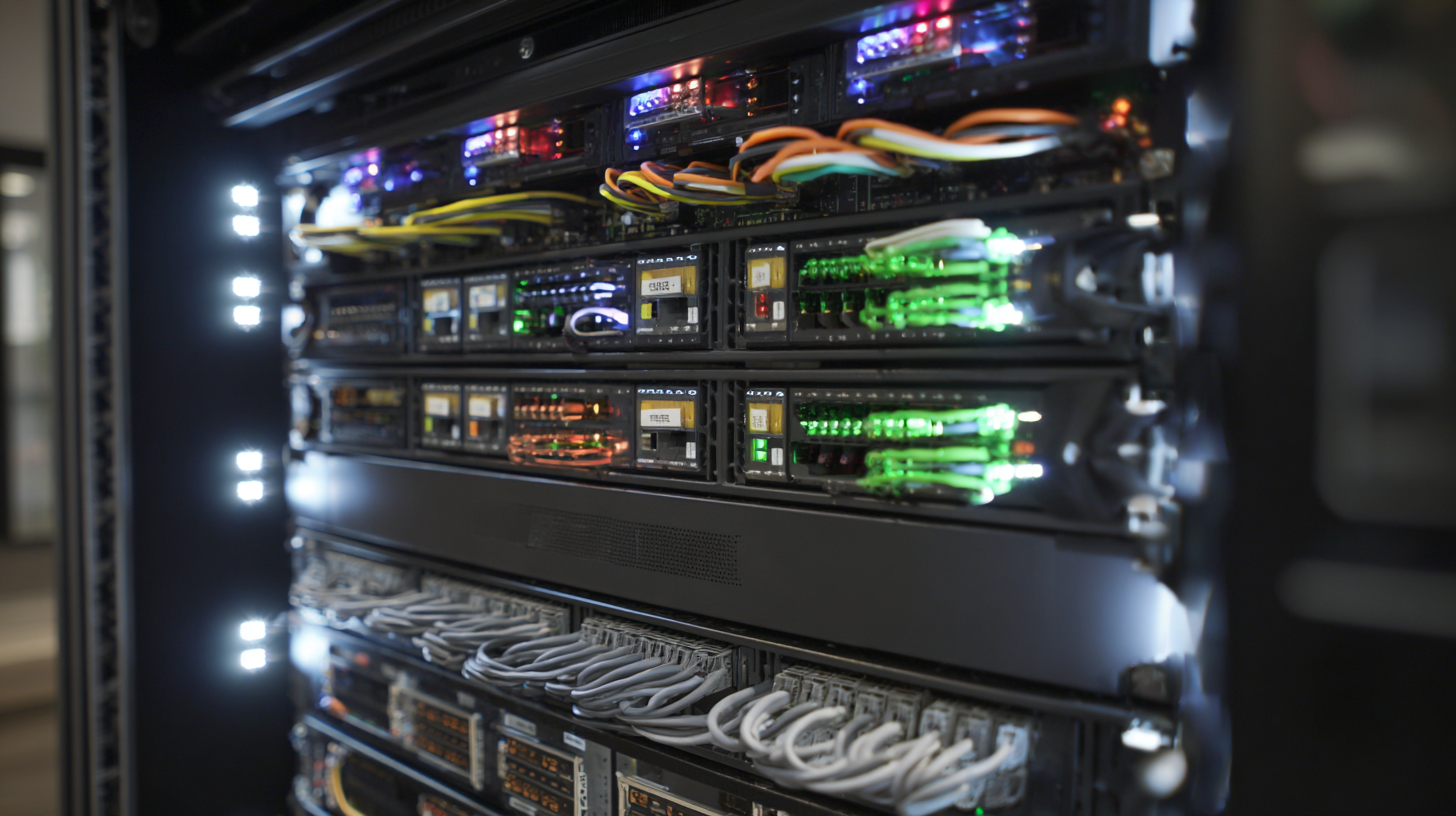
These cabinets are designed to integrate seamlessly with smart home ecosystems, providing enhanced connectivity, automation, and user convenience. As consumers increasingly seek efficient and multifunctional solutions, the role of Electronic Cabinets in shaping smart homes is not only promising but essential for future innovations in home automation and design.
The integration of artificial intelligence in electronic cabinets is set to redefine the smart home landscape, enhancing not just convenience but also overall user experience. With the growing market for smart home technologies, where personalized automation is key, electronic cabinets equipped with AI capabilities will play a crucial role in offering tailored solutions that cater to individual needs. These cabinets can adjust storage conditions based on the contents, assist in inventory management, and provide reminders for expiration dates, thus blending seamlessly into the daily routines of users.
Tips: Consider implementing voice-controlled functionalities within your electronic cabinets for hands-free operation. This can significantly enhance user convenience, especially in busy households.
Moreover, as smart mattress and bed technologies are rapidly advancing, integrating these solutions with electronic cabinets will create a cohesive and intelligent home environment. Predictive algorithms can optimize settings for both sleep and organization, ensuring that everything from the bedroom to the kitchen works in harmony.
Tips: Keep an eye on smart home ecosystems that promote interoperability between devices, maximizing the efficiency and intelligence of your home setup. This will not only elevate your smart living experience but also ensure a more sustainable and efficient use of resources.
The integration of electronic cabinets in smart home technology signifies a significant leap forward in enhancing home security. These innovative systems not only offer secure storage for valuable items but also come equipped with advanced features like biometric locks, remote monitoring, and real-time alerts. By connecting to a home's central smart system, users can manage access controls, receive notifications about unauthorized attempts, and even monitor these cabinets via smartphone apps, ensuring peace of mind from anywhere.
Moreover, the evolution of smart home security is increasingly focused on the interplay between convenience and safety. Electronic cabinets can seamlessly integrate with other smart devices, such as surveillance cameras and alarm systems, creating a comprehensive security network. This holistic approach allows homeowners to coordinate multiple layers of protection, enabling them to respond swiftly to potential threats. As technology continues to evolve, the role of electronic cabinets is poised to become more central, transforming them into essential components of modern smart home security solutions.
As smart home technology evolves, electronic cabinets are at the forefront of enhancing energy efficiency and sustainability. A recent report from the International Energy Agency (IEA) indicates that smart home devices can reduce energy consumption by up to 30% when integrated effectively. This is particularly relevant for electronic cabinets, which can be designed to utilize energy-saving components and smart algorithms to optimize power use based on user habits and preferences.
One key aspect of energy-efficient electronic cabinets is their ability to monitor energy consumption in real-time. By using sensors and IoT technology, these cabinets can alert users to unnecessary energy usage, encouraging habits that lead to reduced waste. Additionally, many manufacturers are beginning to incorporate sustainable materials into their designs, with a study from McKinsey highlighting that eco-friendly materials can cut overall lifecycle emissions by 20-30%.
Tips: Consider investing in electronic cabinets with energy-monitoring features. Not only can this save money on utility bills, but it also promotes a greener lifestyle. When selecting electronic cabinets, prioritize those made from sustainable materials to support environmental conservation.
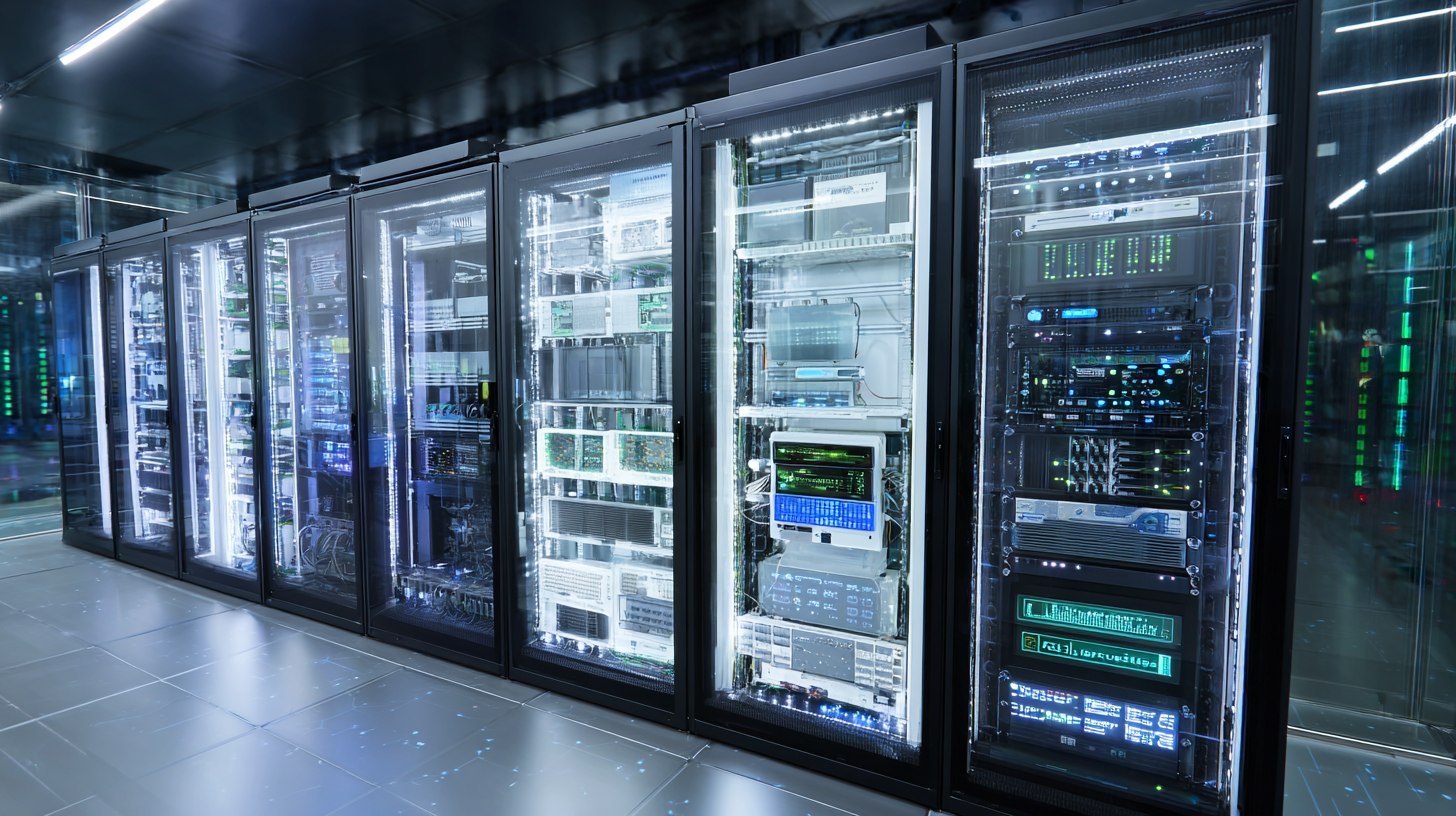
As smart home technology continues to evolve, consumer preferences are playing a critical role in shaping the future of electronic cabinets. A recent report by MarketsandMarkets indicates that the global smart home market is projected to reach $174 billion by 2025, highlighting a significant shift towards integrated home solutions. This growth reflects consumers' increasing demand for aesthetic designs that not only blend seamlessly with their home environments but also enhance functionality.
In particular, features such as customizable storage options and smart integrations are becoming essential. A survey by Statista revealed that 62% of consumers consider smart home connectivity a top feature when choosing electronic cabinets. This indicates a shift from traditional storage solutions to more interactive designs that can accommodate various smart devices, from tablets and routers to smart speakers. Moreover, sustainability is emerging as a key preference, with a 2022 report from Grand View Research noting that eco-friendly materials in furniture manufacturing are prioritized by 43% of consumers.
The future design of electronic cabinets will thus hinge on marrying technological innovation with consumer expectations for style, adaptability, and environmental consciousness.
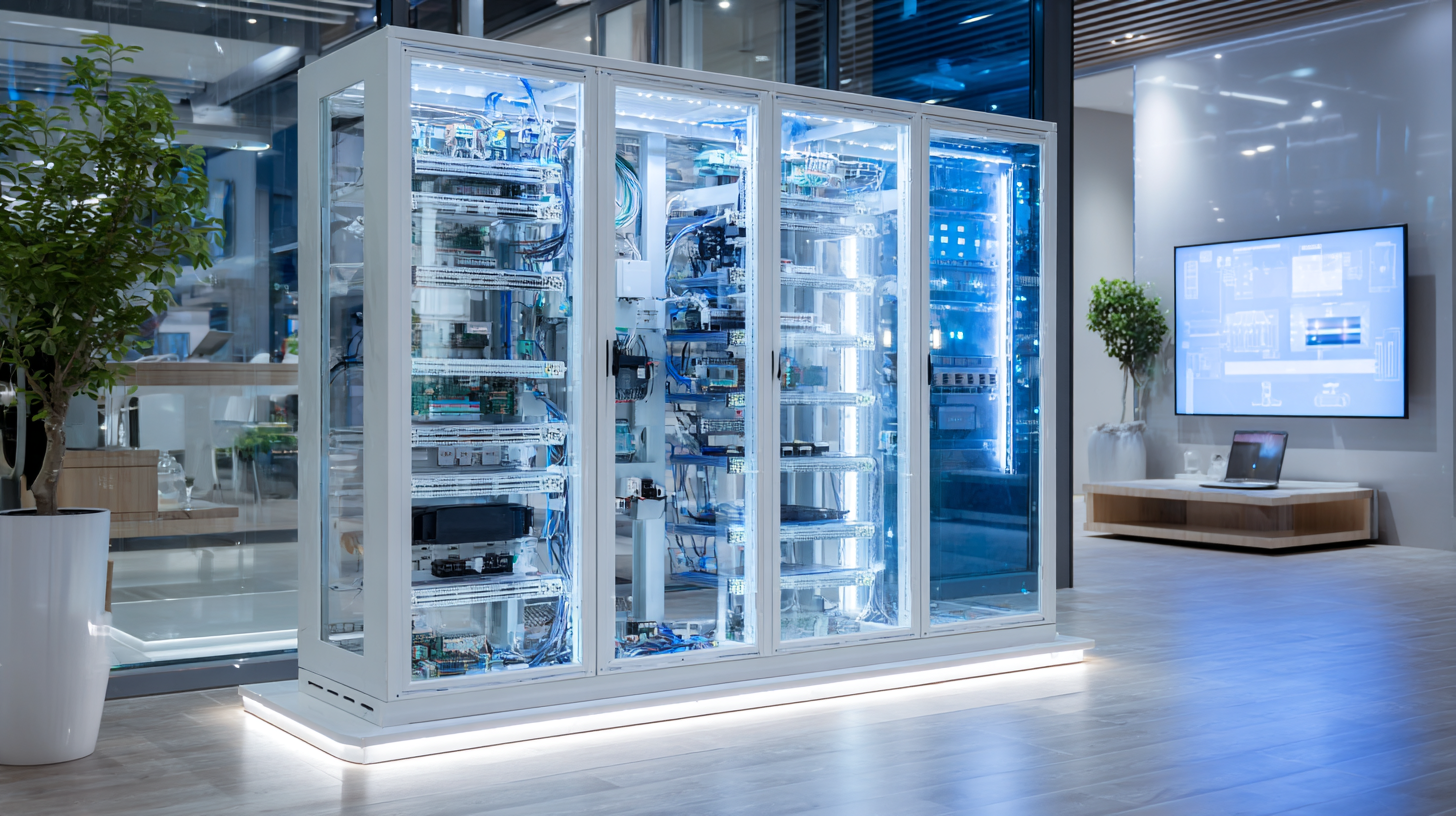
The smart cabinet market is on a significant growth trajectory, with projections indicating a leap from a valuation of $587.1 million in 2024 to $1.5044 billion by 2032. This translates to a remarkable compound annual growth rate (CAGR) of 12.48%. The rising demand for smart storage solutions is bolstered by the increasing integration of RFID technology, which enhances tracking and inventory management capabilities in home environments.
Moreover, the global kitchen cabinet market is also set to expand, expected to rise from $16.97 billion in 2025 to $23.49 billion by 2033, at a CAGR of 4.15%. This growth reflects shifting consumer preferences towards enhanced function and style in home furnishings, particularly as households embrace smart home technology. Similarly, the bathroom furniture market is projected to see notable expansion, indicating a broader trend of modernization and technological integration throughout residential spaces. As innovation continues, the future of electronic cabinets is poised to reflect a significant transformation within smart home ecosystems.
| Year | Market Size (USD Million) | Growth Rate (%) | Key Drivers |
|---|---|---|---|
| 2023 | 1,500 | 10% | Rising Adoption of Smart Home Devices |
| 2024 | 1,650 | 10% | Increasing Demand for Energy Efficiency |
| 2025 | 1,800 | 9% | Technological Advancements |
| 2026 | 2,000 | 11% | Growing Consumer Awareness and Demand |
| 2027 | 2,200 | 10% | Integration with IoT Devices |
